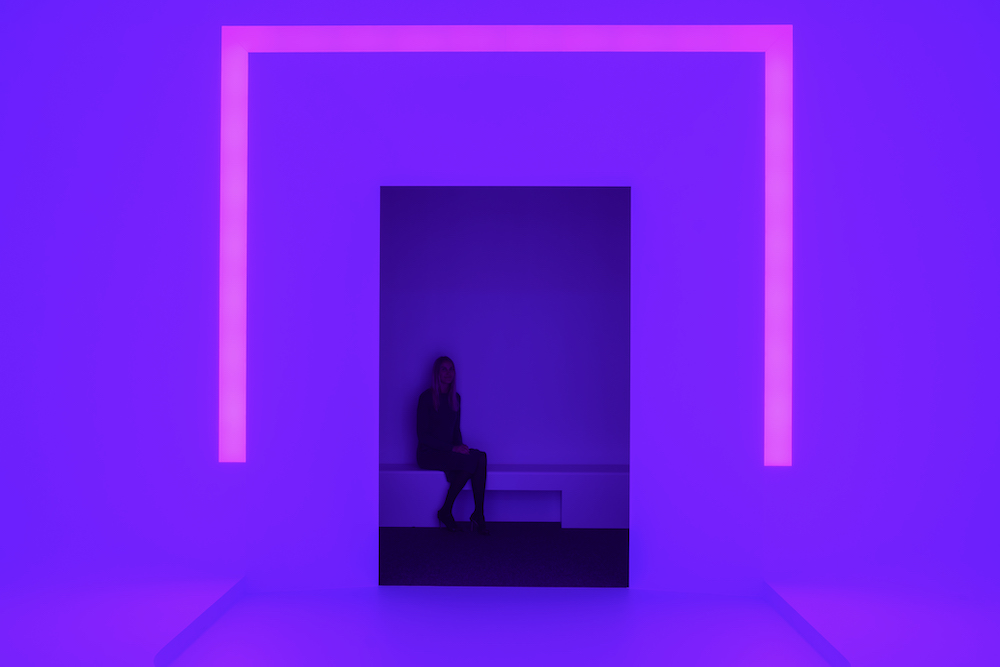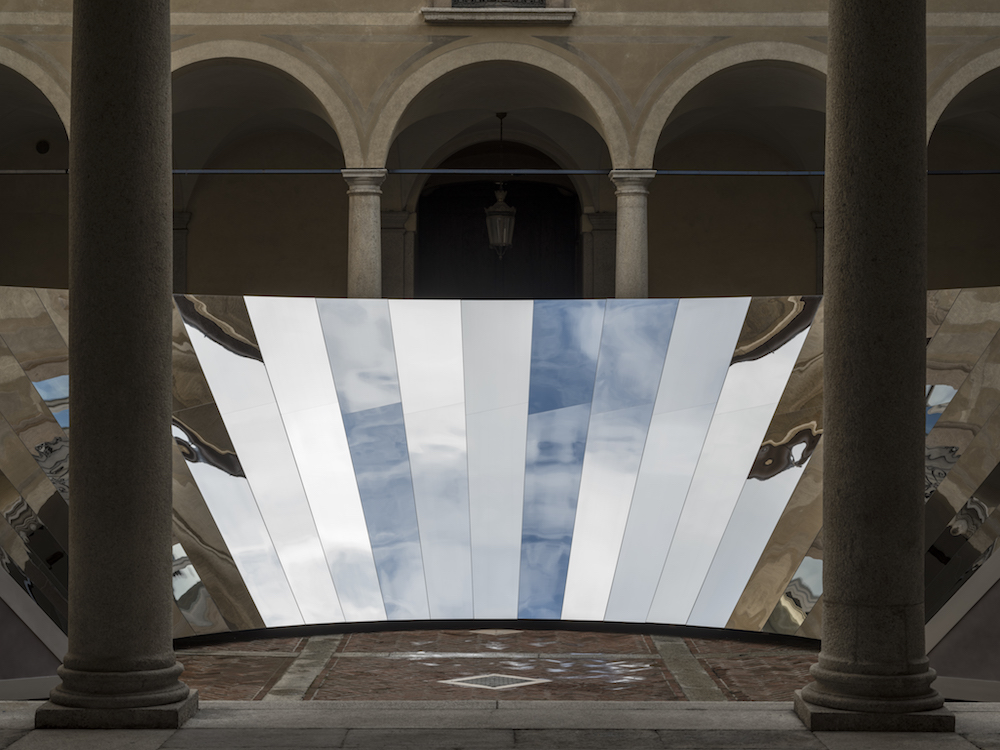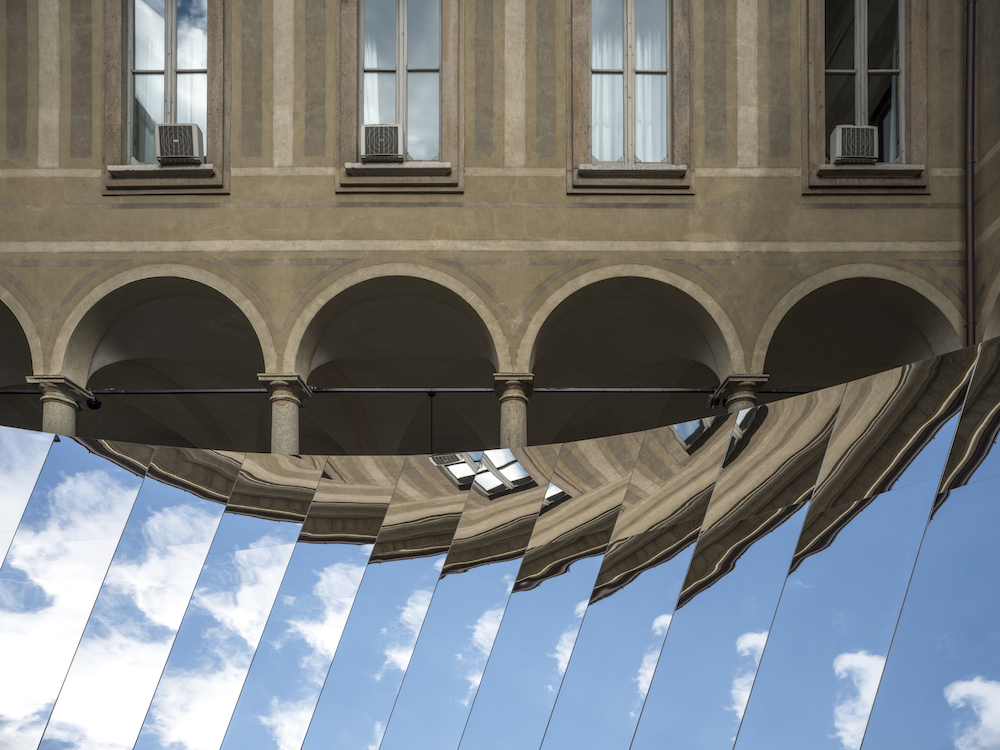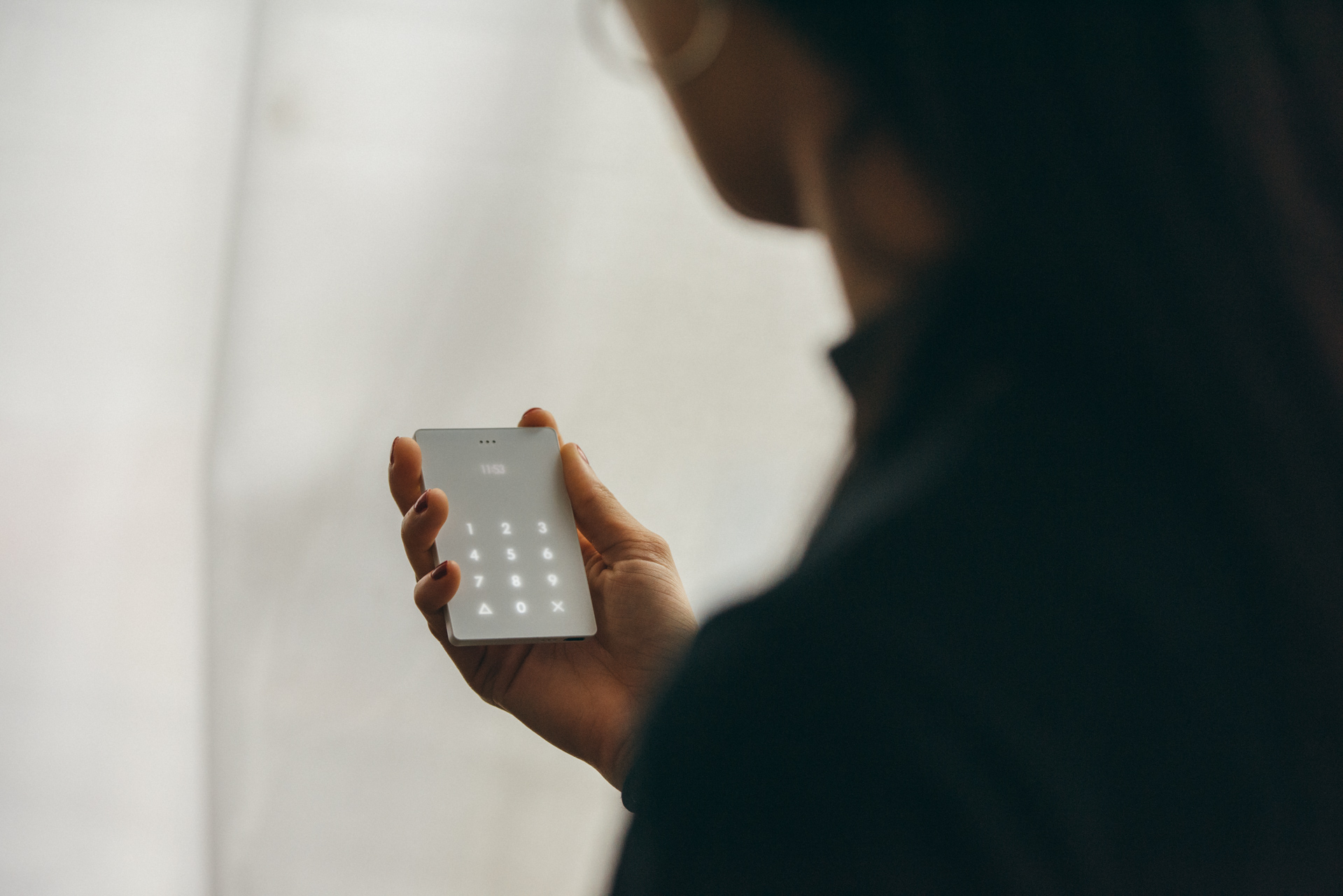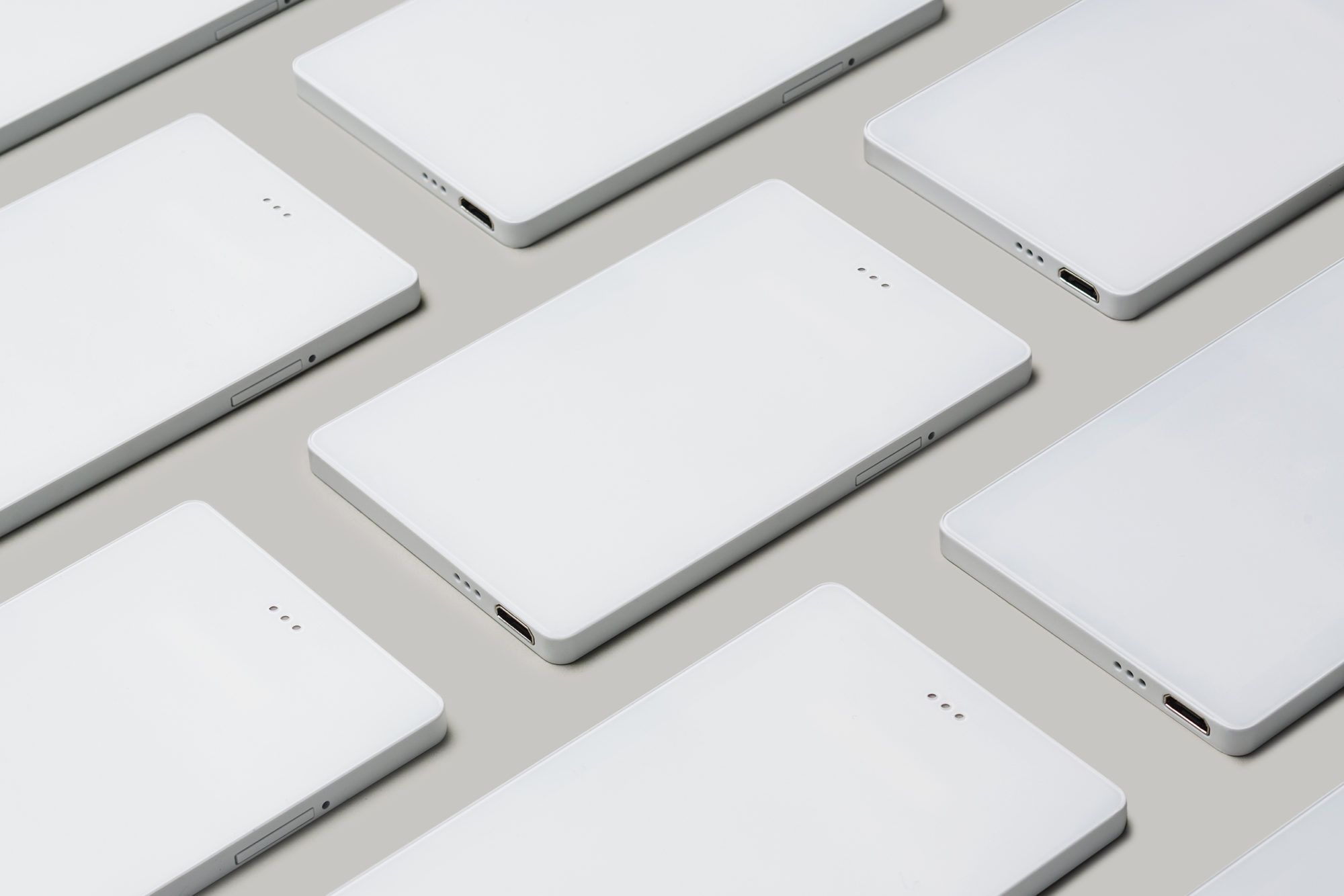Renowned artist James Turrell constructs a light-bending installation at Swarovski Crystal Worlds

The manipulation of light may at first sound like a dumfounded task made only possible by those born into the supernatural. Yet the reality is, James Turrell has perfected it for decades. Recognised world-wide for his installations and holographs, the American artist has long produced light-bending visuals and optical illusions on mass, on site and in situ. Atmospheric and provoking, Turrell’s expansive body of work has therefore garnered reputable status amongst the art world for its momentous depiction of light and how perception can be completely flipped on its axes – from skylight pieces providing a portal into the world above, to projections and constructions offering a new outlook on light and depth.
And now, Turrell’s latest endeavour is an installation of Shadow Space named Umbra, constructed permanently in Chambers of Wonder as part of Swarovski Crystal Worlds. Since opening in 1995, Swarovski Crystal Worlds has welcomed residents including Yayoi Kusama who premiered the infamous Chandelier of Grief, a rotating and immersive fixture composed of Swarovski crystal; or Into Lattice Sun by Lee But, an architectural translation of the utopian landscape. For this latest addition, Turrell was the perfect suitor. Carla Rumler, cultural director of Swarovski and curator of Swarovski Crystal Worlds says how Turrell’s credulous work has “always” been on her mind; “he was on my wish list,” she explains. A “logical” addiction to the site replete with its own iteration of the Seven Wonders of the World, Turrell is the first to avoid the use of crystal entirely. Instead, fragments – or “ingredients”, as Carla puts it – are adorned in such a way that it gives off a similar effect to the glassy composition found in crystals. Whether it’s the contraction of light, the reflection; “Turrell works with spectral colours a lot and in an essential way,” she adds.
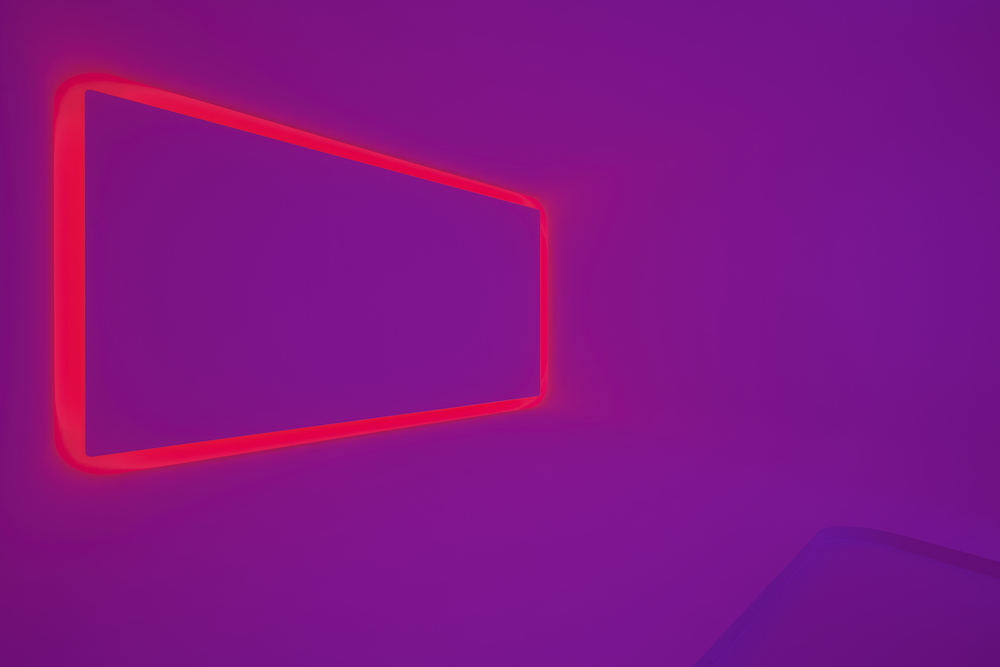
“I am very much taken to how light works in crystal,” says Turrell in an announcement. “Umbra is about the light that is in the soft shadow. In a lunar eclipse, you have the soft light as opposed to the very strong light that you saw reflected off the moon. This is a kind of light that is very soft and filling that I love. If you are looking at this piece, it is not about the light that surrounds the edge, it is the large expanse or panorama of this very soft light that actually comes from the reflection in the room.”
The Turrell and Swarovski pairing is an apt one at least, not only in the attention to detail but also in the likemindedness between both company and artist. “He doesn’t work with everybody,” shares Carla, “we are very honoured that he’s worked with us.” It was a harmonious discussion as to what would be included in the installation, wherein both sides deliberated the medium that would best fit the space and purpose of the artwork. “It turned out that Shadow Space is the perfect one for us,” she adds, taking into consideration the size and audience experience. “We said, ‘what colours would you like to use?’ He said how it was a surprise.” Causing no moment of hesitation or worry – it’s James Turrell, after all – there couldn’t have been a more suited and enjoyable outcome. This is a thought reciprocated from both sides. “He was very happy with the output because most of his forms are made to be temporary,” adds Carla, “so the quality of the room here is so perfect. It’s like approaching an artwork or a picture that will not go away. He was so impressed by the quality of the room because he’s never experienced it so precise.”
